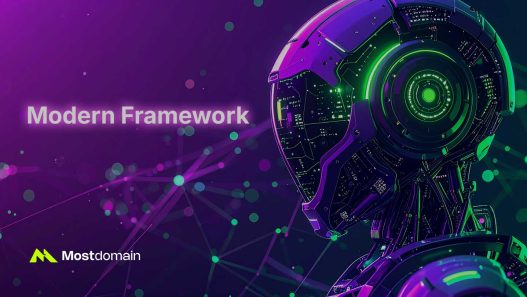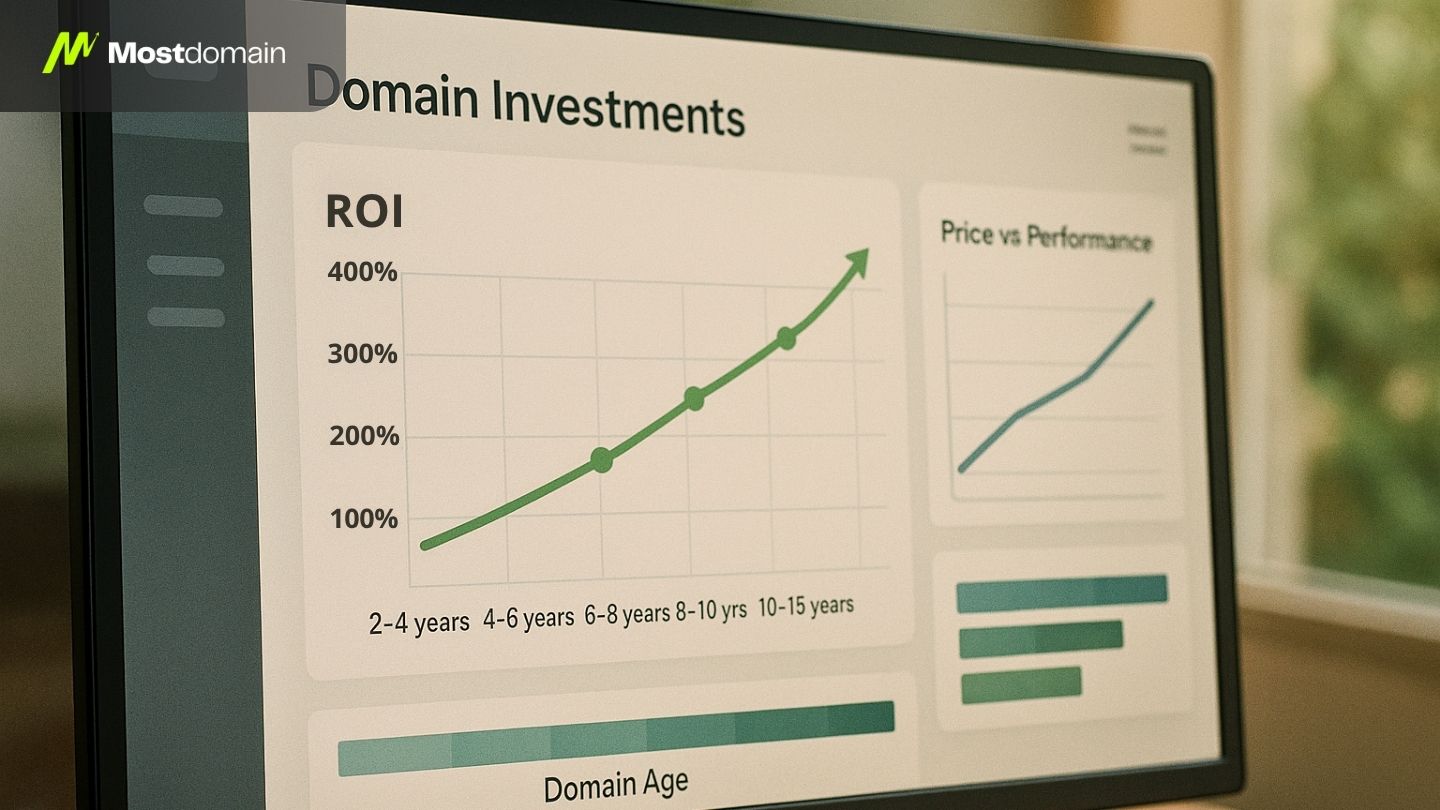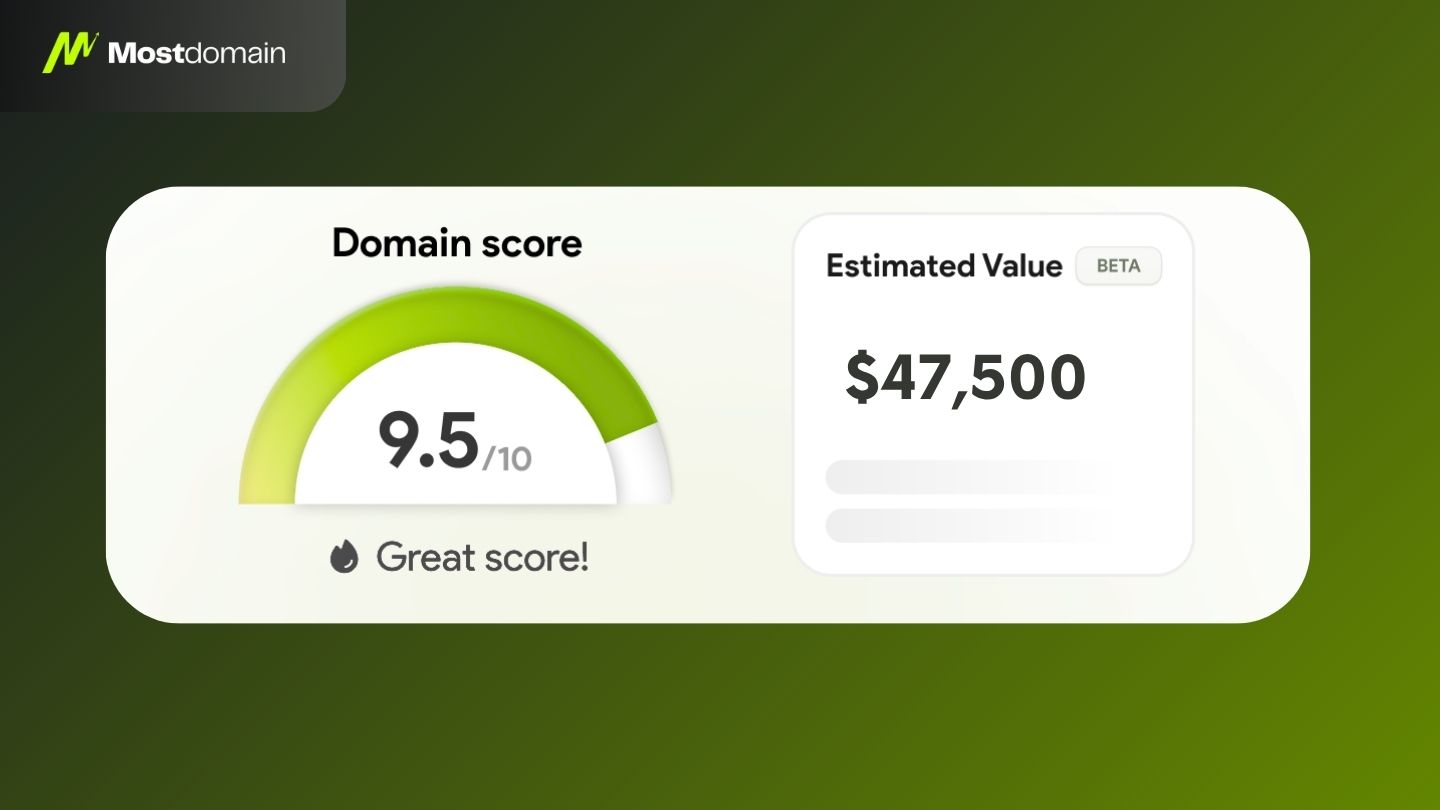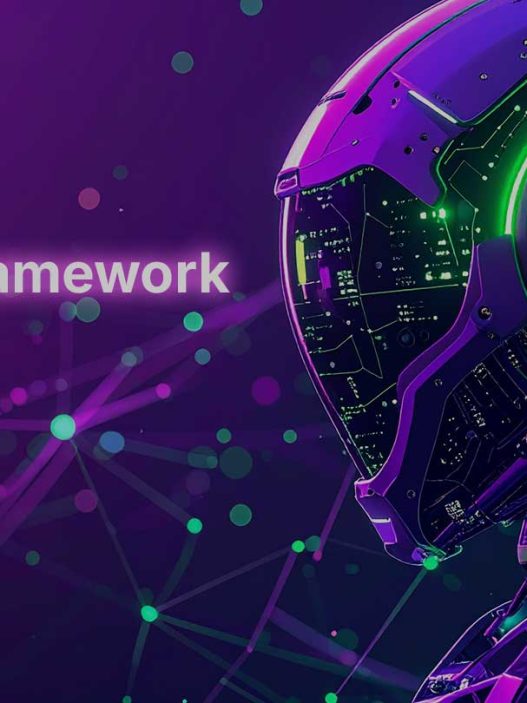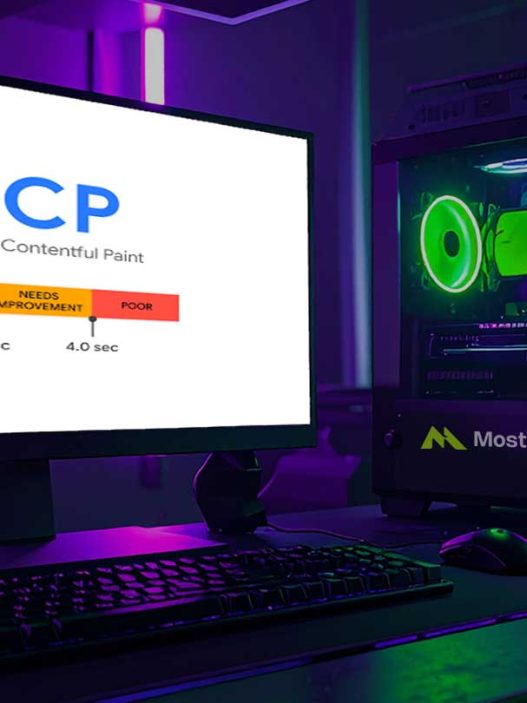Domain Analysis: Definition, Techniques & Best Practices – Domain analysis is a structured process for understanding core concepts, terminology, and constraints within a specific field, whether in software engineering, cybersecurity, or business development.
In the rapidly evolving landscape of technology and business strategy, domain analysis becomes fundamental for developing effective systems, securing assets, and aligning project goals with domain-specific nuances.
This process is not merely a theoretical exercise but a practical methodology that deeply influences decision-making, design, and security strategies. Domain analysis helps uncover hidden patterns, reusable components, and domain-specific challenges that must be addressed.
What is domain analysis?
Domain analysis is defined as the process of studying a specific knowledge area to identify key concepts, organizational structures, and typical behaviors. This process is vital in software development, where understanding the problem domain enables the creation of more effective and reusable software components.
Beyond software engineering, domain analysis plays a crucial role in cybersecurity to understand the landscape of threats, vulnerabilities, and attacker behavior. This process involves breaking down the domain into manageable parts such as entities, relationships, processes, and rules.
One of the main benefits of domain analysis is facilitating knowledge reuse. By comprehensively documenting domain features, organizations can create reference repositories for future projects, reducing redundant effort and improving consistency.
Additionally, domain analysis enhances communication among stakeholders by building a shared vocabulary and understanding, minimizing misunderstandings, and aligning objectives with domain-specific realities.
Techniques for Effective Domain Analysis
Implementation of domain analysis requires a strategic approach with techniques tailored to the nature of the domain. Several prominent techniques include feature modeling, domain ontologies, taxonomies, and scenario analysis.
Feature Modeling
Feature modeling is a technique for capturing commonalities and variabilities across different system instances within a domain. By identifying features (characteristics or properties that define the domain), analysts can create feature diagrams that illustrate mandatory and optional features along with their relationships.
For example, in the online banking domain, features like account management, transaction processing, and security are core, while specific features like investment options or loan applications may vary. Proper feature modeling simplifies the design process and helps manage variability.
Domain Ontologies
Ontologies provide a formal representation of domain concepts, attributes, and their relationships. Developing an ontology involves creating a shared vocabulary that systematically describes every relevant aspect of the domain, supporting better understanding, communication, and reasoning.
Ontology-based techniques enable explicit capture of domain knowledge that can be leveraged by automated systems for reasoning, querying, and knowledge inference. An example would be designing an ontology for cyber threat intelligence that includes entities like malware, vulnerabilities, attack vectors, and attacker profiles.
Taxonomy and Classification
Creating taxonomies helps organize concepts in a hierarchical structure, making it easier to identify categories and subcategories. This technique is particularly useful when dealing with broad domains that encompass multiple subdomains or specialties.
In the cybersecurity domain, a taxonomy can classify threats into malware, phishing, denial-of-service attacks, and insider threats, with each category further subdivided. This structured approach helps analysts prioritize threats and develop targeted defense mechanisms.
Scenario & Use-Case Analysis
Scenario analysis involves exploring typical, adverse, or innovative scenarios within the domain. This method encourages thinking beyond static models, focusing on real-world situations and complex interactions.
Use-case analysis complements scenario analysis by detailing specific interactions and workflows, emphasizing how different entities in the domain operate together. Through scenario-based domain analysis, one gains insights into practical challenges and potential system behaviors under various circumstances.
Best Practices in Domain Analysis
| Best Practice | Description | Benefits |
| ✓ Stakeholder Engagement | Involve domain experts and users from the start | Captures accurate and nuanced knowledge |
| ✓ Incremental Approach | Start with high-level models, refine gradually | Early validation and faster course correction |
| ✓ Comprehensive Documentation | Document findings thoroughly | Shared understanding and effective communication |
| ✓ Iterative Refinement | Continuous updates based on feedback | Models stay aligned with current reality |
| ✓ Balance Static & Dynamic | Capture static and dynamic aspects of domain | Comprehensive understanding from various perspectives |
The effectiveness of domain analysis depends on active stakeholder engagement and iterative refinement. Involving domain experts, users, and developers from the beginning ensures the analysis captures accurate and nuanced knowledge.
Another important best practice is adopting an incremental approach, starting with high-level models and progressively detailing specifics. This allows for early validation and course correction, minimizing costly misunderstandings later on.
Another key practice is focusing on capturing both static and dynamic aspects of the domain. Static models depict core entities and relationships, while dynamic models simulate processes and interactions. Balancing both perspectives fosters comprehensive understanding of the domain.
Leveraging automation tools to create ontologies or analyze large datasets can streamline the domain analysis process and uncover hidden patterns. Prioritizing transparency and communication allows team members to develop shared models and language.
Insights and Domain Analysis Optimization
The true value of domain analysis lies in its ability to adapt to changing environments. As domains evolve (whether through new threats in cybersecurity or emerging customer needs), ongoing analysis ensures systems and strategies remain relevant.
Combining technical techniques with domain expert insights creates a dynamic feedback loop that drives continuous improvement. Integrating domain analysis into agile workflows promotes flexibility and responsiveness to evolving domain knowledge.
Domain analysis should be viewed as an iterative process rather than a one-time activity. Continuous updates based on feedback and new knowledge keep models aligned with current reality, encouraging a learning culture within organizations.
Transforming Knowledge into Practical Solutions
Domain analysis is a foundational activity that underlies effective system design, strategic planning, and cybersecurity initiatives across various industries. By systematically dissecting domains through techniques like feature modeling, ontologies, taxonomies, and scenario analysis, practitioners can develop deep understanding.
Integrating best practices such as stakeholder engagement, iterative refinement, and comprehensive documentation ensures domain analysis remains relevant and impactful. This process transforms abstract knowledge into practical, domain-specific solutions.
Ultimately, applying rigorous domain analysis equips organizations to navigate complexity with confidence and clarity. Whether you are a software engineer, cybersecurity analyst, or business strategist, understanding domain analysis can elevate your approach to complex problems and facilitate innovative solutions aligned with real needs.
Build Your Website on a Strong Foundation
A successful website starts with the right domain.
Most Domain Premium Collection offers exclusive aged domain designed to build credibility, authority, and digital competitiveness from day one.
✅ Easier to trust
✅ SEO-ready with strong backlink history
✅ A valuable digital asset that continues to increase in investment value
Check our premium domain collection before they’re gone →
Visit MostDomain.com →
Need help choosing the right aged domain? Contact our admin on Telegram: @mostdomain_cs
References
- Sommerville, Ian. Software Engineering. Pearson Education, 2015.
- Czarnecki, Krzysztof, and Ulrich Eisenecker. Generative Programming: Methods, Tools, and Applications. Addison-Wesley, 2000.
- Gruber, Thomas R. A Translation Approach to Portable Ontology Specifications. Knowledge Acquisition, 1993.
- NIST Cybersecurity Framework. National Institute of Standards and Technology, 2018.
- Bass, Len, Paul Clements, and Rick Kazman. Software Architecture in Practice. Addison-Wesley Professional, 2012.






